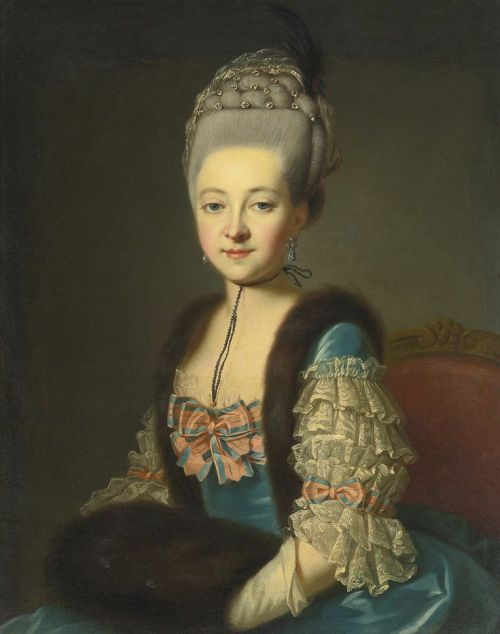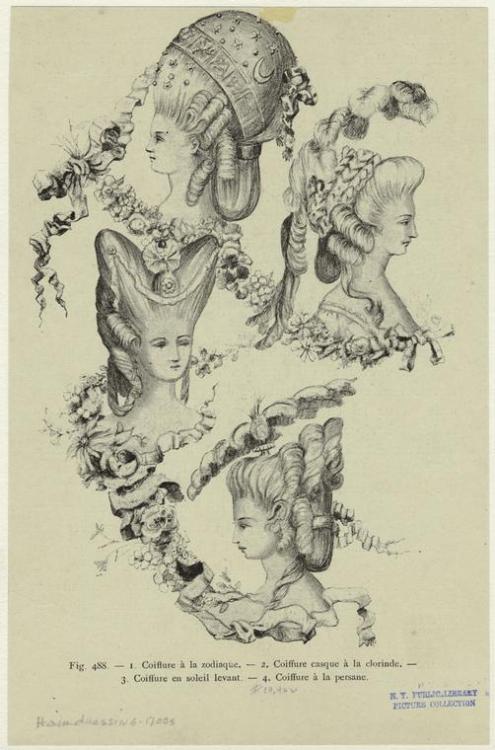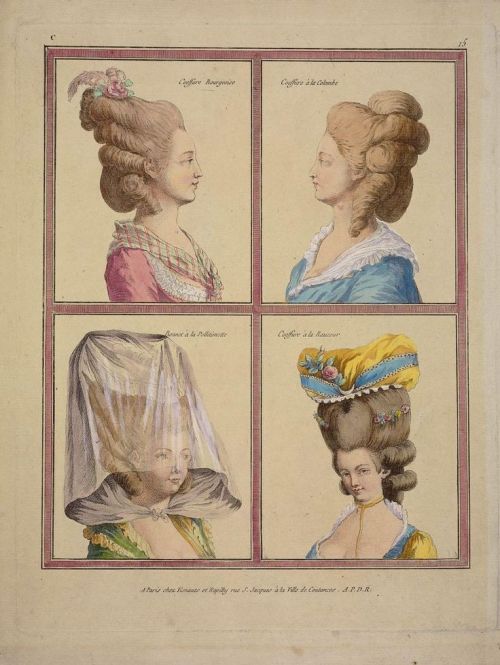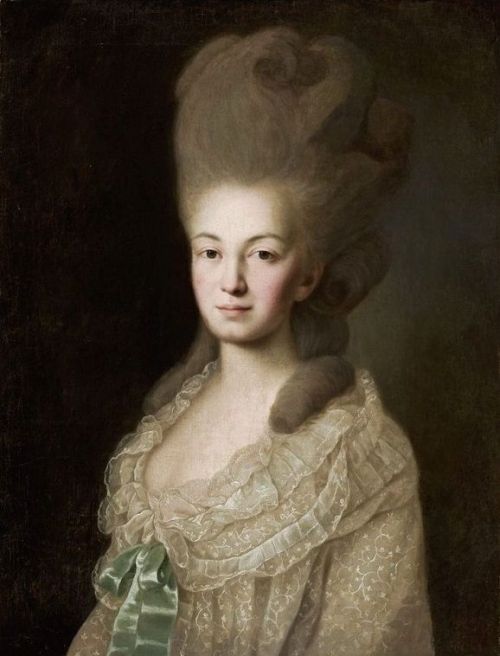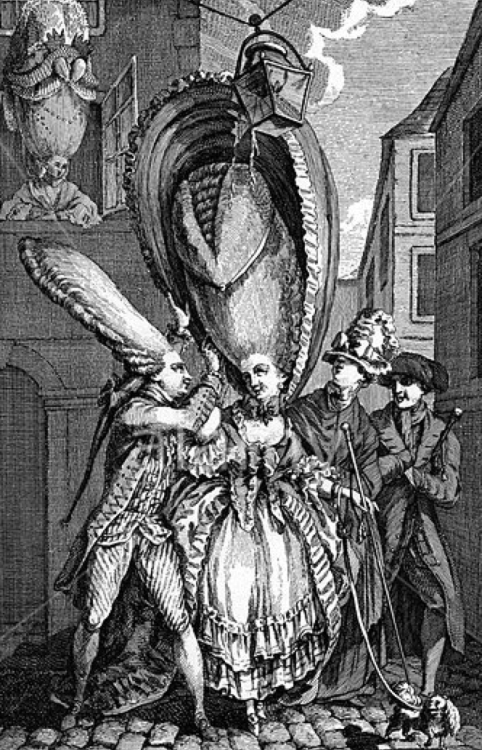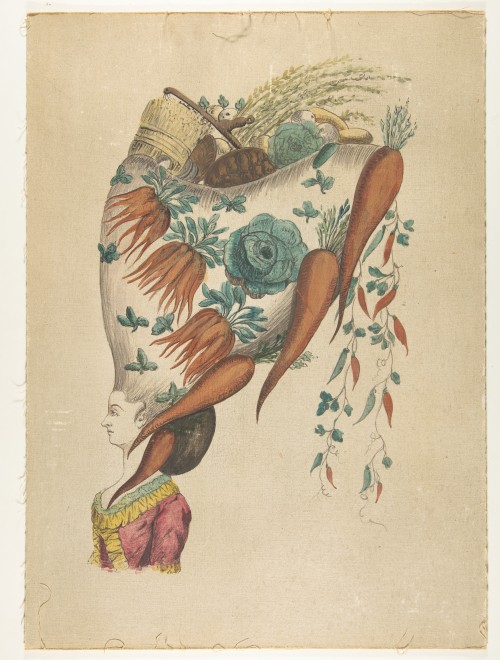ephemeral-elegance: Welcome back to FRIDAY FASHION FACT! I went on a bit of an 18th Century spree th
ephemeral-elegance: Welcome back to FRIDAY FASHION FACT! I went on a bit of an 18th Century spree this week, so this seems like the perfect time to focus on the most iconic piece of 18th century fashion: women’s pompadour hair! You know what I’m talking about- those towering, larger than life styles, powdered and accessorized with a what seems like a full garden and jewelry box all at once. There are a lot of misconceptions about how women actually wore their hair in the 18th Century (specifically around 1760s-80s, the peak of the Rococo Era) so let’s separate fact from fiction. By the second half of the 18th Century, the Rococo opulence began to develop by way of volume of fashion. Dresses grew wider, and hair grew fuller. While women had been wearing their hair in rolled curls for many years, these curls now sat upon a steadily growing poof, or pompadour (named for Louis XV’s mistress, Madame de Pompadour.) As with all fashion of that time, the more elaborate the style, the more it showed off wealth. It showed that a woman not only had occasion to wear such fancy styles, but also that they had the time to dedicate to creating the look, and the help to achieve it. Of course, there were plenty of women who were not wealthy who would don the sizable styles. Since they required more skill than funds to create, their were plenty of women who wore the look to give the impression that they were of a higher class or had more wealth than was true. So how did they create these elaborate styles? Really, it was not too different from how many hairstyles are created today. Women at the time did not shampoo, condition, mousse, and spray their hair as they do today. Instead they used a pomade typically made of animal fat and other natural ingredients. It worked much like pomades and waxes today, holding styles in place. This was then topped with powder, which prevented the hair from getting greasy, along with creating the fashionable pale color. This practice was not as dirty as it sounds. All those rumors about heads full of bugs are simply that: rumors. While there may have been a some lice outbreaks (which still happen on occasion today, even in our hyper-hygenic society,) women did not have hair full of maggots as is often believed. Also contrary to popular belief, women’s hairstyles (unlike men’s) were very rarely wigs, and were instead created using the wearers natural hair, which was always grown long. The volume was created with stuffed rolls, typically wool. You know those little donuts that are used to create perfect buns? Yeah, it was like that. There were plenty of ladies who could achieve the style on their own, much like all those Pinterest and YouTube hair tutorials that some women can inexplicably replicate on themselves. Of course, those who could afford it would hire a professional. There would be decorations placed among the curls, typically flowers, feathers, ribbons, or even strings of pearls. However, women were not always walking around with a full ship and sails on their heads as the drawings would have you believe. That is not to say that it was never done, but these particularly over the top styles were only worn for very special events, most commonly masquerades or similar parties. Any time there is an unusual fashion, cartoonist and satirists have a field day, and depict overly exaggerated caricatures of the style. There is perhaps no time in history when this was more true than the Rococo Era. They called out the obscene opulence which was used and abused by the upper classes, which helped spur on the French Revolution. Yet these images remain, and have led to the modern misconceptions about these iconic hairstyles. Have a question about fashion history that you want answered in the next FRIDAY FASHION FACT? Just click the ASK button at the top of the page! -- source link
Tumblr Blog : ephemeral-elegance.tumblr.com
#history#hair styles#beauty#makeup


